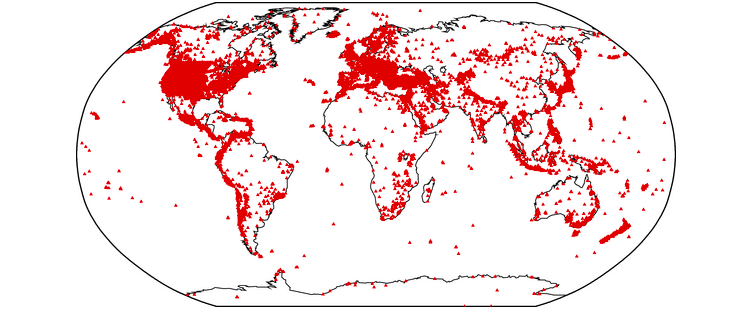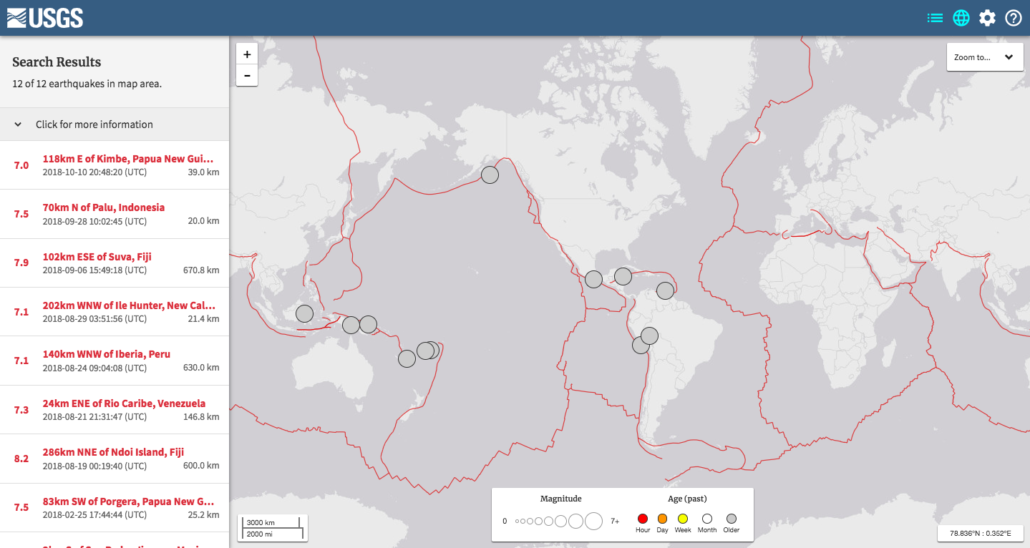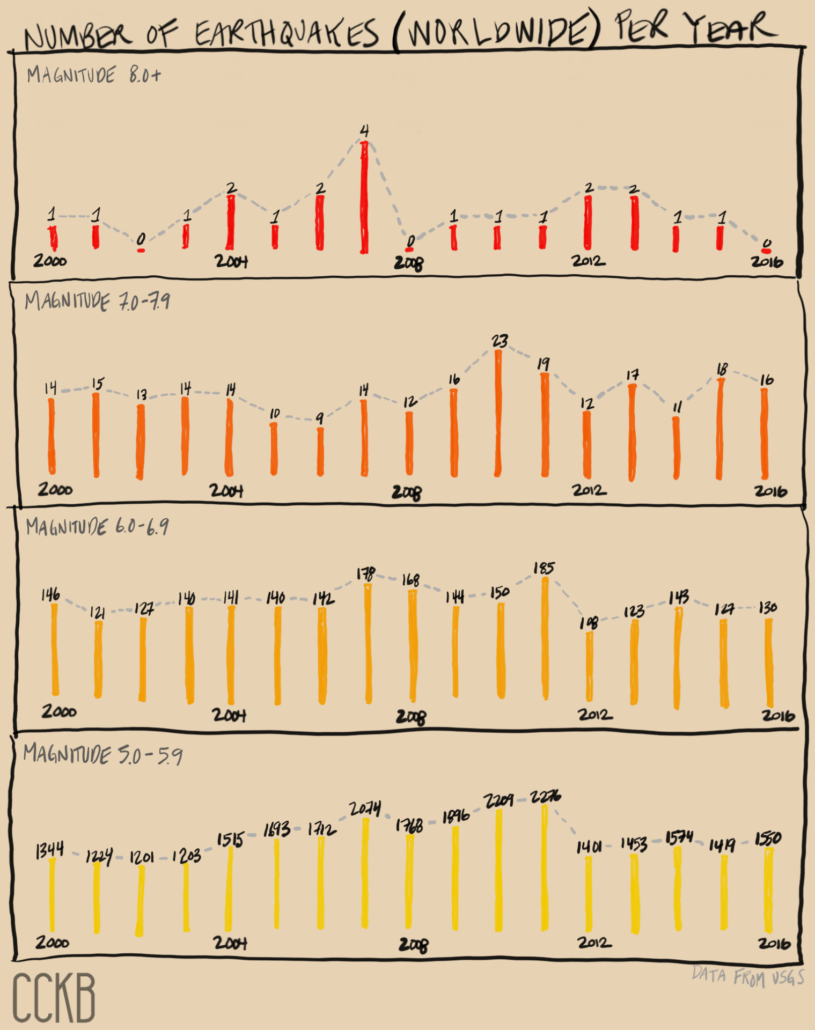With California fires and Texas snowstorms in recent memory, it’s natural to conclude that all natural disasters are on the rise. Climate change causes more extreme weather, but does it also increase earthquake frequency? Are we having more earthquakes than usual?
Spoiler alert – it’s a MYTH! Overall, the average occurrence of earthquakes remains unchanged. From year to year earthquake frequency does vary somewhat, as described in ‘What is the ‘Big One’ and is it coming?‘. However, over a longer timeframe, there is no scientific evidence of more earthquakes.
More Earthquakes…in the News
Information is now available instantly via social media, online, and TV news. While instant information has many advantages, it can also lead to cognitive biases such as clustering illusion. We perceive more earthquakes to be happening when we see them frequently in the news.
Increased media coverage and monitoring of earthquake activity makes it seem like there are more earthquakes than usual.
For example, three significant earthquakes occurred in a six-month span of 2015: Nepal, M7.8 (April); Chile, M8.3 (September); Afghanistan, M7.5 (October). Our brains start to think earthquakes are increasing in frequency, and we see patterns that don’t actually exist.
To overcome these cognitive biases, let’s look into the facts.
Earthquake Frequency Over Time
If we chart known earthquakes from 1900 to the present day, it appears that dramatically more earthquakes are happening. However, this is misleading: for the first half of the 1900s, we were not recording small or moderate earthquakes, nor did we have enough seismic monitoring stations to record earthquakes worldwide.
The number of monitoring stations has proliferated over the past 60 years, leading to significantly more records of seismic activity. For example, the Southern California Seismic Network grew from 20 seismic monitoring stations in 1960 to nearly 400 in 2010. The International Seismological Centre shows all the current international registry of stations:

Recent Earthquake Statistics
Almost all major fault lines are now continuously observed by seismic monitoring stations. This means we have more statistics to analyze the past 20 years of earthquake activity. On average, there are 16 major earthquakes (M 7.0-8.0+) worldwide per year. Additionally, we experience an average of 142 strong earthquakes (M 6.0-7.0) worldwide annually.
So far in 2021 from January through May, there have been 8 major earthquake and 69 strong earthquakes.
In 2020, there were 9 major earthquakes and in 2019 there were 10, both less than the long-term average of 16.
From January to November of 2018, there were 12 major earthquakes, as indicated by the gray circles in the image below. And in that same time frame, 106 strong earthquakes.

Earthquake Notifications in your Inbox
Get a real-time view of earthquake frequency: use USGS’s notification tool to receive automated alerts whenever an earthquake occurs. You can choose the location and size settings for which quakes you want notifications.
Reviewed by Kate Stillwell. Original publish date December 11, 2018.


